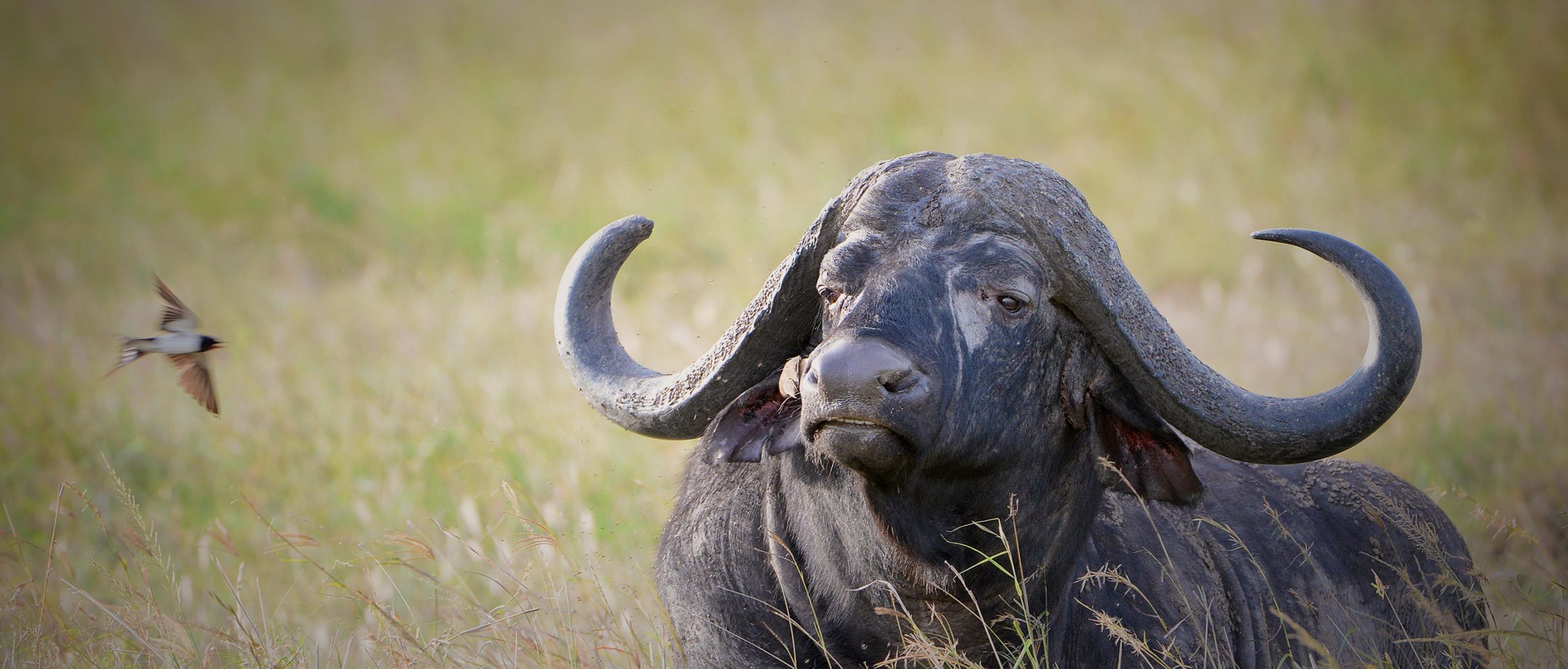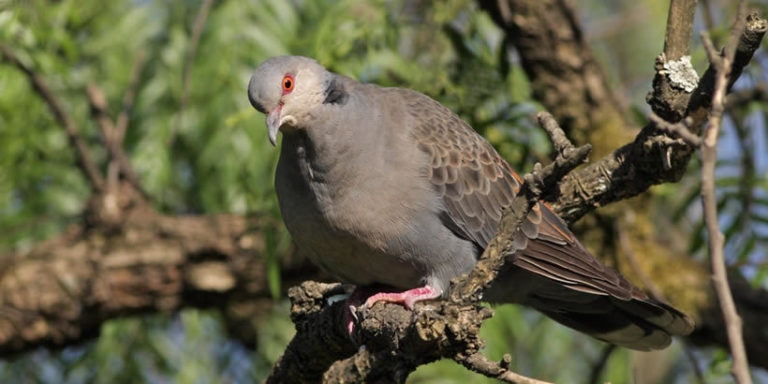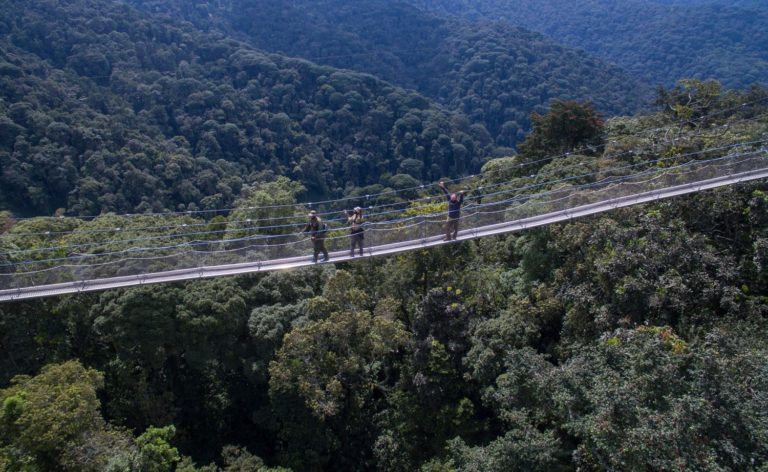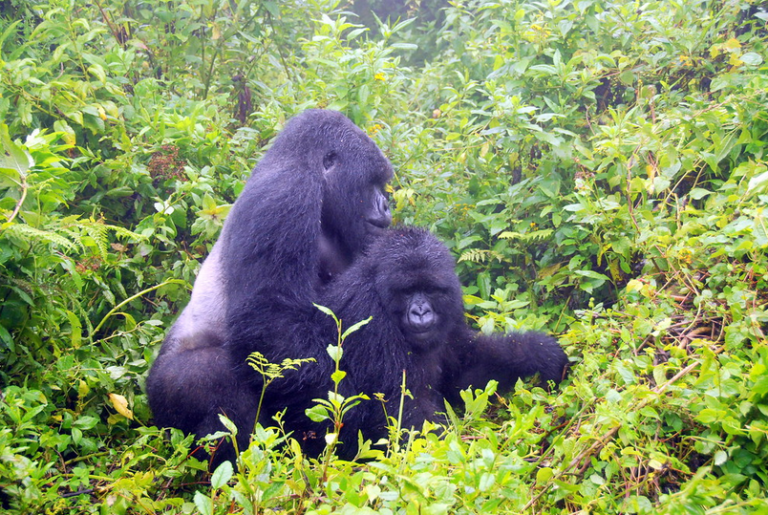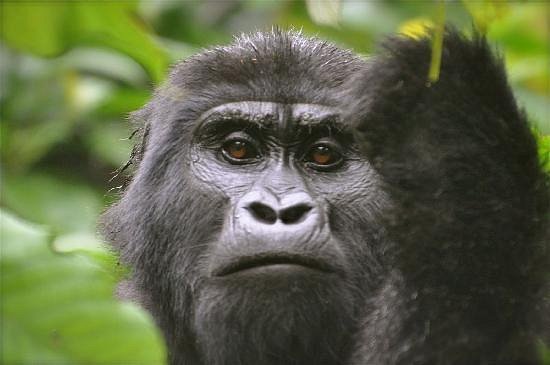Interesting Facts about African Buffalo
Interesting Facts about African Buffalo
Interesting facts about African buffalo- Syncerus caffer: Did you know? The African buffaloes (Cape buffaloes) are the only native African mammal members of the bovini family. They are massively built with powerful limbs, short by height and weighs 1750Ibs.
The African buffaloes have hook-shaped horns and they grow up to about 1.6m long. The horns are used mainly for defense purposes against predators like lions. They are also used to identify dominance in the herd. The boss is the term used to refer to the hard shield in the middle of male horns.
Where to find African buffaloes?
Buffaloes are some of the very few amazing wildlife species and members of the big 5 African game that attract most of the travelers visiting Uganda or Africa for safari. On African safaris, the top destinations to visit to see the cape buffaloes include Masai Mara National Reserve in Kenya, Ngorongoro Crater & Manyara National Park in Tanzania;
Murchison Falls National Park, Kidepo Valley National Park, Queen Elizabeth National Park in Uganda, Akagera National Park in Rwanda, Kruger National Park in South Africa, Hwange National Park in Zimbabwe, in Zambia visit Kafue National Park.
5 Amazing Facts About African Buffaloes
- Cape buffaloes often kneel down and rub their necks and heads on the ground especially when aggressive.
- African buffaloes are capable of outrunning lions regardless of the fact that they aren’t the fastest bovine. But, the predators can accelerate faster than buffaloes which makes them a few easier to ambush wildlife species.
- Generally, Cape buffaloes have poor eyesight but they have exceptional hearing and smell senses.
- They have symbiotic relationship with several birds like ox-peckers. Birds such as ox-peckers feed on the insects on the buffalo bodies and often, they warn buffaloes in case danger is approaching.
- As elephants are known for not forgetting, buffaloes on the other side are said to be unforgiving. Many times, different stories have been told of wounded buffaloes setting ambush for hunters which follow or have attacked them previously regardless of the years. They circle back on their tracks, stand and wait for hunters that track. This is one of the unique trait and a good reason they are described as Black Death.
What is the lifespan of buffaloes in the wild?

Cape buffaloes can live in the wild for about 11-22 year- average lifespan. In captivity, the average lifespan is about 29 years.
How much does buffalo weigh?
A grown up buffalo weighs between 660 and 1840 pounds.
Communication means
The cape buffaloes have different vocalizations about 5 of them that they use to communicate to one another. The low pitched sounds take 3-6 seconds apart and this usually directs the herd to move/change directions.
The long ‘maaa’ is normally made when they are getting close to watering holes- this is sign that they are excited, contented. When aggressive, buffaloes can be spotted making explosive grunts and rumbling growls.
Birthing
Buffaloes give birth only during the wet or rainy season. They take 11 months and half when pregnant prior giving birth. The new born calves stay with their moths for at least 1-year prior becoming independent within the herds.
How many sub-species of African/cape buffaloes are there?
5 sub-species of African buffaloes can be spotted on African safari. They include the cape buffaloes- the largest sub-species with males/bulls weigh up to 2000pounds. Forest buffaloes- smallest in size weighing on average 600pounds. The rest of the sub-species include the Nile buffaloes, mountain buffaloes and Sudanese buffaloes. Note: African buffaloes live in herds with social structure based on dominance hierarchy.

